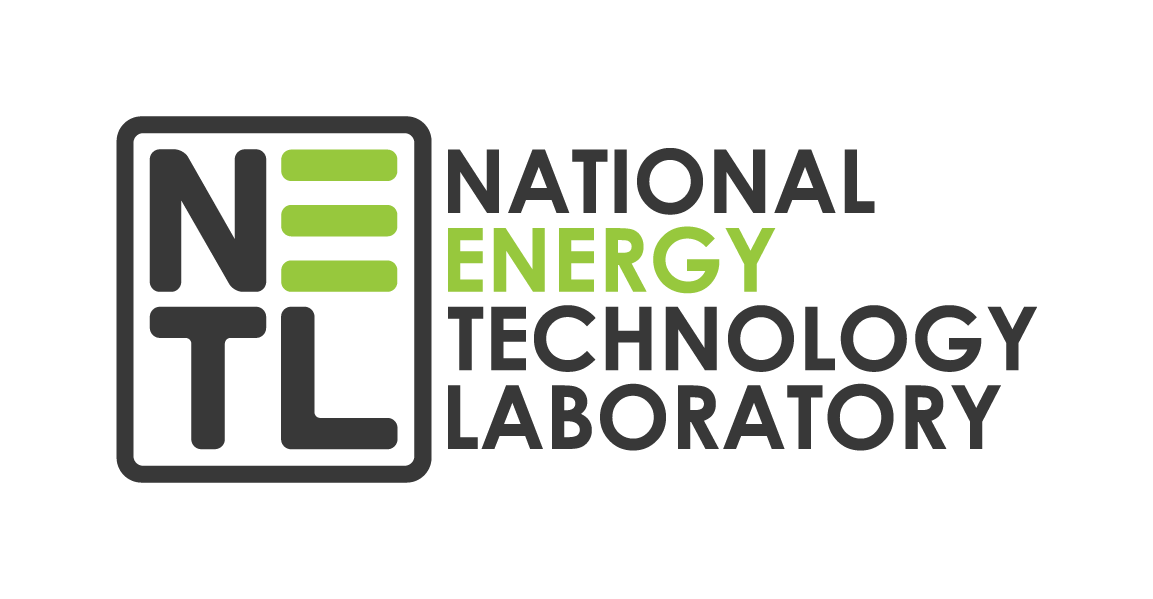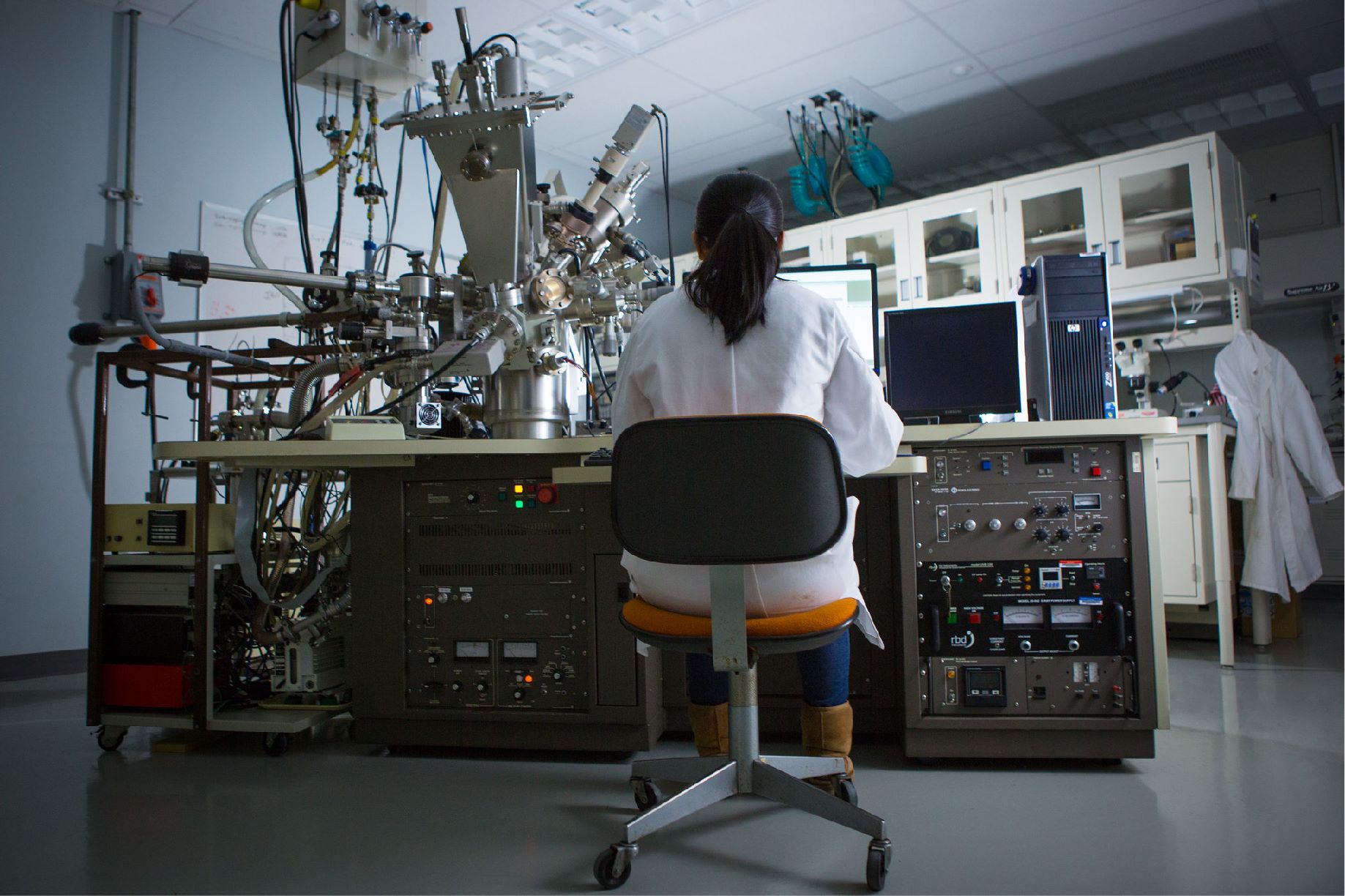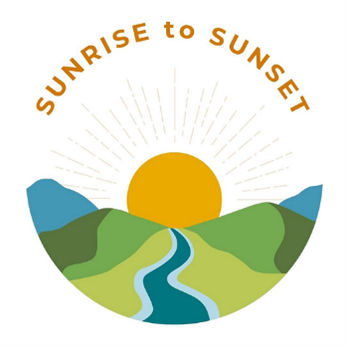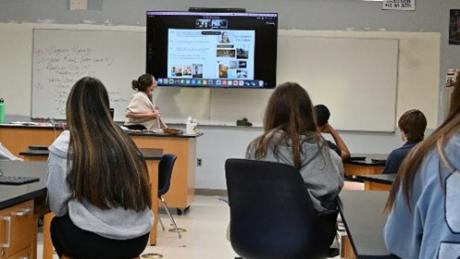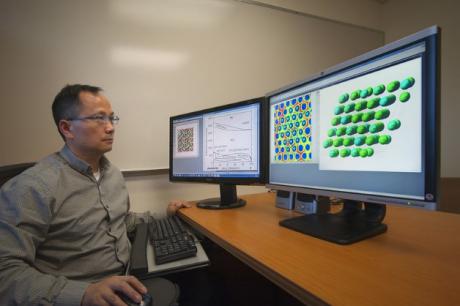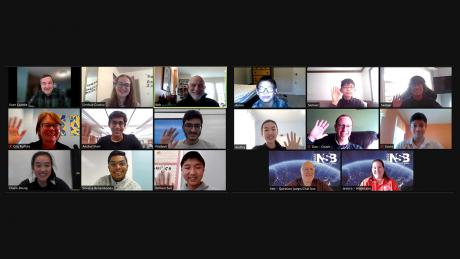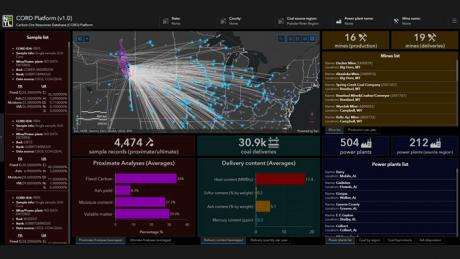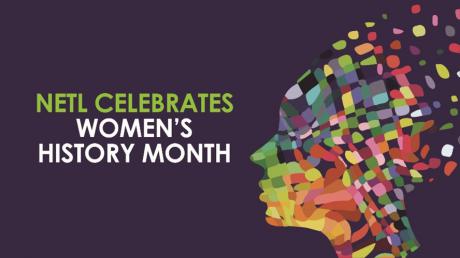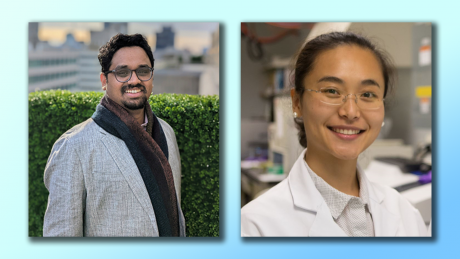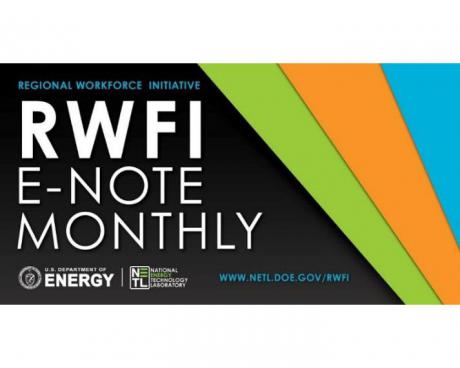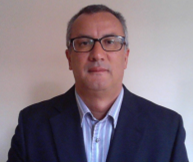In celebration of Earth Day 2022, NETL will join with the U.S. Department of Energy’s (DOE) other national laboratories for a daylong showcase of the department’s commitment to the planet and research being pursued to reach a sustainable energy future.
National Lab Earth Day will be a virtual “sunrise-to-sunset” event that will begin on the East Coast and conclude on the West Coast by highlighting all 17 DOE national laboratories through tours, activities, short talks and panels designed to provide engaging experiences and promote the laboratory complex.
NETL’s contribution to National Lab Earth Day will be a virtual tour across the Lab’s facilities in Albany, Oregon; Morgantown, West Virginia; and Pittsburgh, Pennsylvania. At these sites, award-winning scientists and engineers are striving to ensure affordable, abundant and reliable energy while developing technologies to manage carbon emissions and enable environmental sustainability.
About
News and Events
Research and Programs
Featured Initiatives Advanced Alloys Signature Center (AASC) Center for Fuels and Chemicals (CFC) Center for Microwave Chemistry (CMC) Coal for High-Value Products Critical Minerals and Materials Natural Gas Science-based Artificial Intelligence and Machine Learning Institute (SAMI) Subsurface Science Turbine System Optimization
Major Fossil Energy Programs Carbon Management Resource Sustainability
Core Competencies Computational Science and Engineering Energy Conversion Engineering Geological and Environmental Systems Materials Engineering and Manufacturing Strategic Systems Analysis and Engineering Program Execution and Integration
Core Competencies Computational Science and Engineering Energy Conversion Engineering Geological and Environmental Systems Materials Engineering and Manufacturing Strategic Systems Analysis and Engineering Program Execution and Integration
Energy Technology Development Office of Energy Efficiency and Renewable Energy Battery Workforce Initiative Cybersecurity, Energy Security, and Emergency Response Office of Electricity
University Training & Research Historically Black Colleges and Universities and Minority Serving Institutions Program University Carbon Research Program
University Training & Research Historically Black Colleges and Universities and Minority Serving Institutions Program University Carbon Research Program
Business
Library
Explore our Library
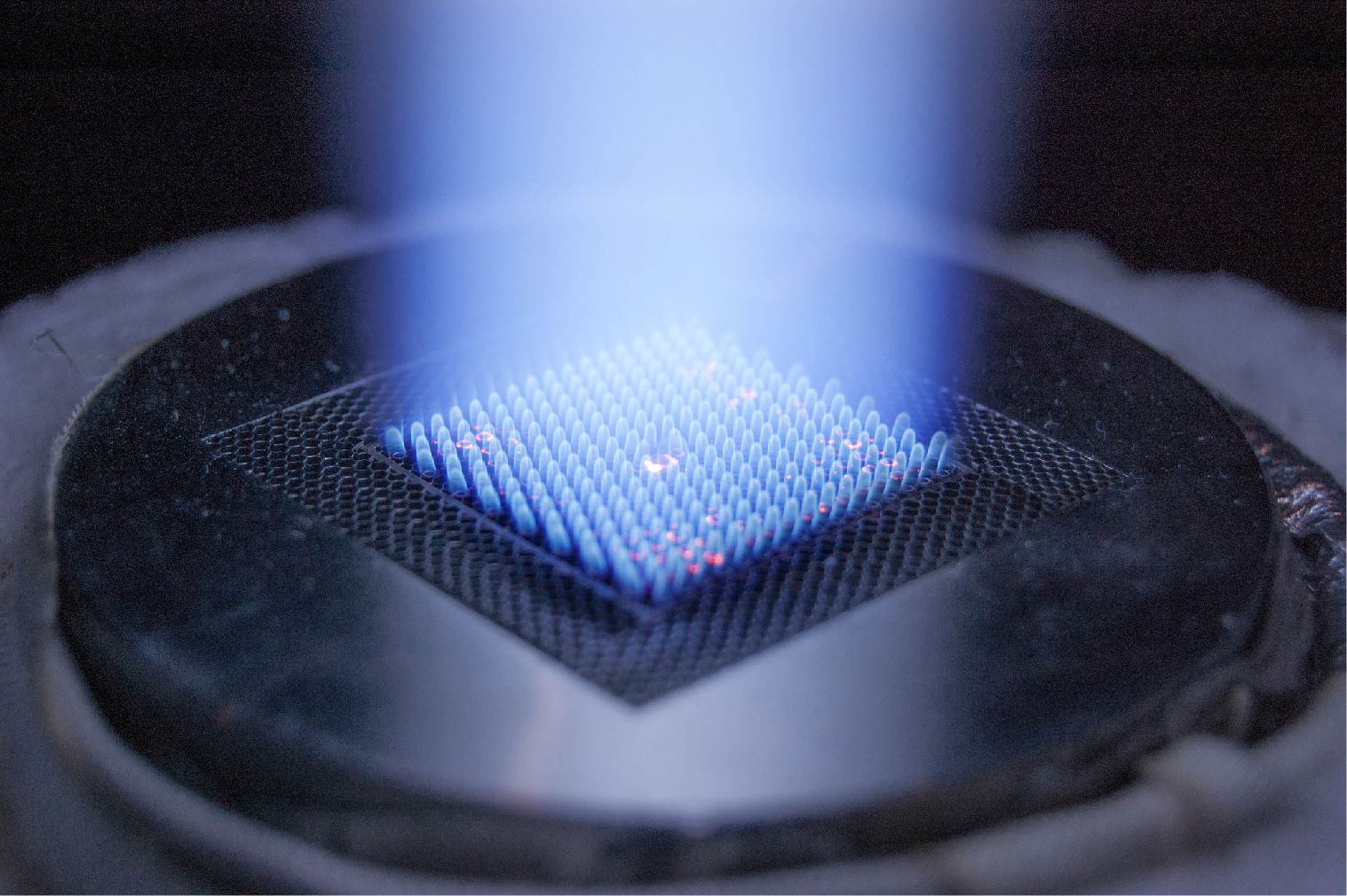
Approved Categorical Exclusions Environmental Assessments Environmental Impact Statements Oil and Gas Projects Summaries NETL Fact Sheets NETL Newsletters Publication Search Energy Data Exchange (EDX) FECM External R&D Final Technical Reports Project Landing Page Summary Information for External R&D Awards NETL R&D Publication Search Peer Review Reports
- Research and Programs
- Featured Initiatives
- Core Competencies
- Core Competencies
- Energy Technology Development
- University Training & Research
-
- Business
- Technology Transfer
-
- Library
- Energy Analysis
-
- About
- News and Events
- Education

